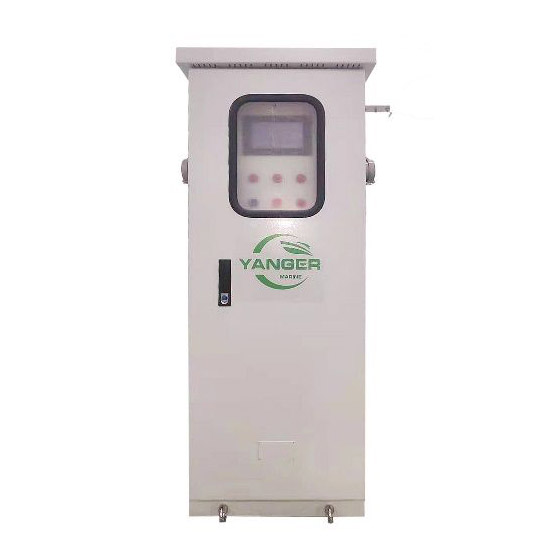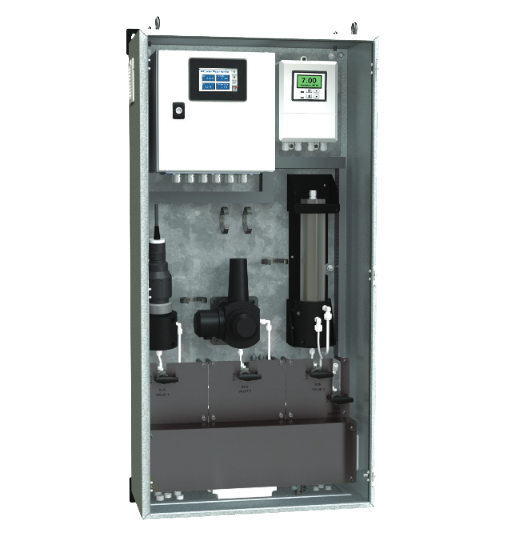In the process of achieving the “double carbon” goal, the pollution emissions of the transportation industry cannot be ignored. At present, what is the effect of port cleaning in China? What is the utilization rate of inland river power? At the “2022 China Blue Sky Pioneer Forum”, the Asian Clean Air Center released the “Blue Harbor Pioneer 2022: Assessment of the Synergy of Air and Climate in China’s Typical Ports” and “Shipping Pioneer 2022: Research on the Progress of Pollution Reduction and Carbon Reduction in Shipping”. The two reports focused on pollution reduction and carbon reduction in ports and shipping industry.
The report points out that at present, China’s typical ports and global shipping are beginning to show their effectiveness in cleaning, and the utilization rate of shore power in China’s inland ports has been steadily improved. Pioneer port enterprises and shipping enterprises have led the exploration of advanced technologies for pollution reduction and carbon reduction, and the emission reduction path has gradually become clear.
The utilization rate of shore power in inland ports has been steadily improved.
The use of shore power during ship berthing can effectively reduce air pollutants and greenhouse gas emissions has also become a consensus in the industry. During the “13th Five-Year Plan” period, under a series of policies, China’s port shore power construction has achieved phased results.
However, the report also points out that the scientific support for port emission reduction is still weak, and some lack strategic guidance; The large-scale application of alternative energy for international navigation ships still faces multiple challenges. The insufficient installation of shore power receiving facilities restricts the use of electricity at China’s coastal ports.
Green development of ports and shipping needs to accelerate the pace of energy transformation.
The port energy transformation should not only optimize the port’s own energy consumption structure, but also increase the proportion of “green electricity” in energy production or supply, so as to reduce the full-life cycle emissions of port energy.
The port should give priority to the choice of energy alternatives that will help achieve the long-term goal of zero emissions, and actively explore the large-scale application of pure electric and other alternative energy. Shipping companies also need to carry out the layout and application of zero-carbon marine energy as soon as possible and play the role of a link to link all parties to actively participate in the development and application of alternative fuel technologies.
Post time: Feb-14-2023


